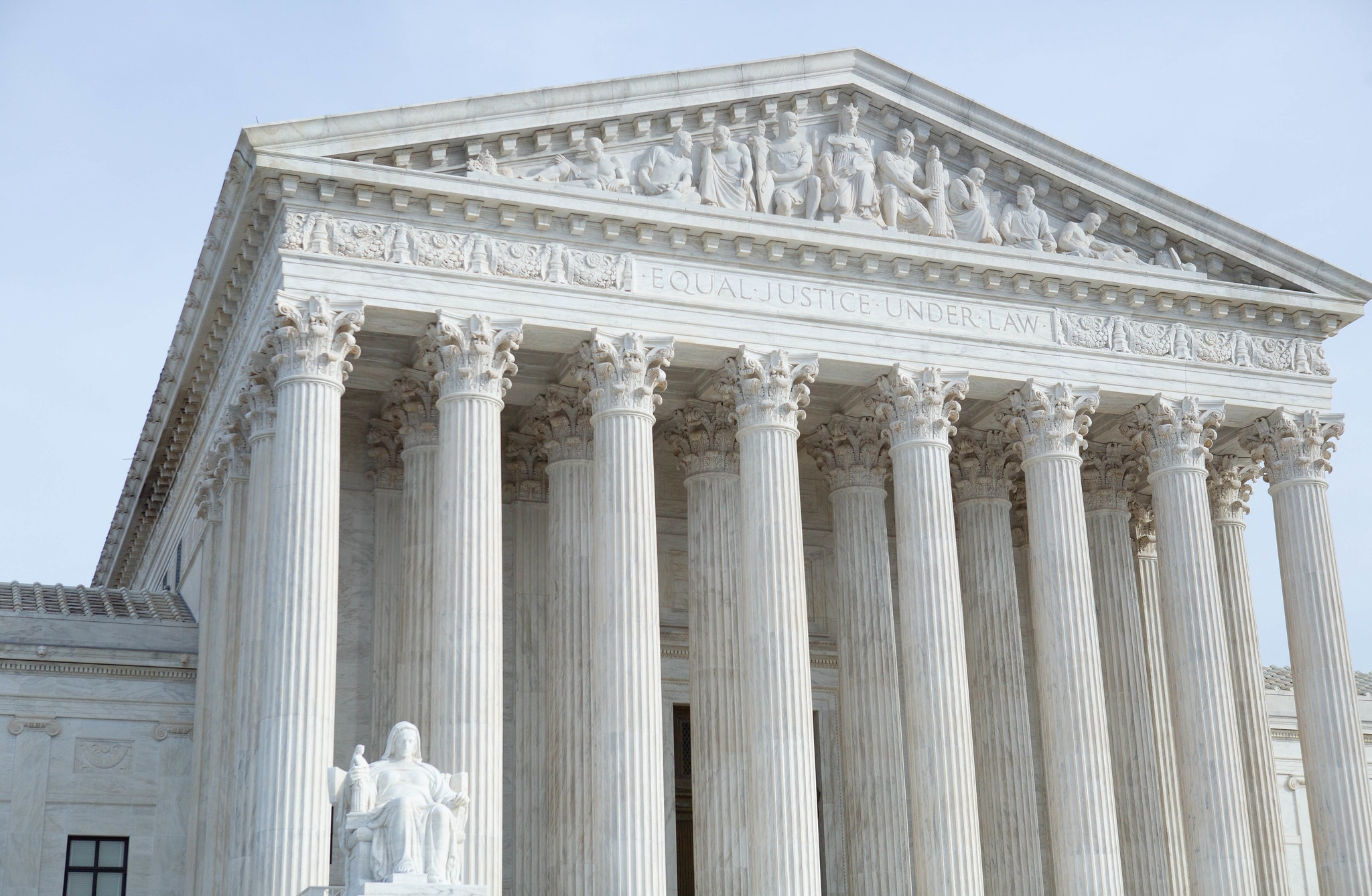“`html
Understanding the Supreme Court’s Discussion on Waetzig v. Halliburton Energy Services
January 14, 2025
7:57 p.m.

The court heard Wetzig v. Halliburton Energy Services on Tuesday. (Anthony Quintano, via Flickr)
The recent arguments presented in Waetzig v. Halliburton Energy Services raised pivotal legal questions regarding the reopening of a case that had been voluntarily dismissed by the plaintiffs several years prior. The justices convened for what was described as a brief and relaxed session, but the case’s implications on procedural law are significant. The central issue at hand relates to whether the dismissal of the original lawsuit constitutes a “final” decision under the applicable rules, particularly Federal Rule of Civil Procedure 60(b).
Representing the appellant, former Halliburton employee Gary Wetzig, attorney Vincent Levy dedicated a considerable portion of his argument to responding to questions posed by Chief Justice John Roberts. Roberts’ line of inquiry focused on understanding why Levy wished to reopen a previously dismissed case. Ultimately, the inquiry laid bare a crucial point: due to the statute of limitations, Wetzig faces challenges in initiating a new lawsuit. This exchange underscored the complexity of reopening a case under the constraints of procedural law, particularly when a dismissal has been made voluntarily by the plaintiff.
One of the core discussions revolved around whether the dismissal of Wetzig’s original lawsuit could be classified as “final.” Levy contended that such a designation should apply. He argued that the intent behind Rule 60(b) was to govern situations where final judgments are issued, thereby excluding matters that remain unresolved and disputed during litigation. The justices engaged with this theory actively, highlighting the importance they placed on interpreting this rule accurately in the context of the arguments presented.
Notably, Justices Neil Gorsuch and Ketanji Brown Jackson probed deeper into the implications of a final judgment. Justice Jackson directly requested the opinion of Halliburton’s representative, Matthew McGill, challenging him to address Levy’s characterization of the case. McGill’s subsequent defense of Halliburton’s position reflects the differing interpretations surrounding the case, although the lack of rigorous questioning from the justices made it challenging to determine the weight of his arguments.
The discourse signified a strong motivation among the justices to resolve the legal issues at their disposal. McGill raised jurisdictional arguments, invoking precedents such as Badgerow v. Walters to justify his stance. Justice Elena Kagan, who authored the Badgerow decision, hinted at the complications inherent to this jurisdictional reasoning, expressing reservation about its viability amidst the ongoing discussions. Through a light-hearted exchange, she indicated her preference to postpone this line of debate, suggesting that the court’s current focus was on resolving the core legal queries presented by Levy.
With the session concluding in only 50 minutes and a majority of the justices refraining from extended commentary, predicting the outcome of this case remains uncertain. However, analysts believe that a decision may emerge by the end of April, providing clarity on the procedural standards surrounding voluntary dismissals in the context of reopening lawsuits. The importance of this decision resonates beyond this case, marking a potential influence on felony procedural debates for years to come.
Conclusion
The arguments in Waetzig v. Halliburton Energy Services illustrate the intricate dynamics of procedural law and its application in the context of case dismissals. As the justices deliberate on the classification of a dismissal under the Federal Rules of Civil Procedure, legal experts and the public alike await a ruling that could potentially redefine how similar cases are handled in the future. The dialogues observed during the proceedings indicate a commitment among the justices to thoroughly analyze the implications of their decision, ensuring a balanced consideration of the law and its individuals.
FAQs
What is Rule 60(b) of the Federal Rules of Civil Procedure?
Rule 60(b) allows a party to seek relief from a final judgment, order, or proceeding under certain circumstances, such as mistake, newly discovered evidence, or fraud. This rule is crucial for parties who believe they have a valid reason to revisit a prior ruling.
What does it mean for a case to be “voluntarily dismissed”?
A voluntarily dismissed case is one where the plaintiff chooses to withdraw their claim. This can occur for various reasons, including the plaintiff’s desire to refile the case at a later date, settlement negotiations, or lack of confidence in winning the case.
What are the implications of a final judgment?
A final judgment concludes a court’s decision on a case, and typically, it is subject to appeal. Determining whether a judgment is “final” affects the ability to invoke rules like Rule 60(b) to seek reconsideration or reopening of the case.
How might the outcome of this case affect future legal proceedings?
The ruling on Waetzig v. Halliburton Energy Services has the potential to shape how courts address voluntary dismissals and the reopening of cases in the future, potentially creating precedents that could influence similar cases across various jurisdictions.
“`

